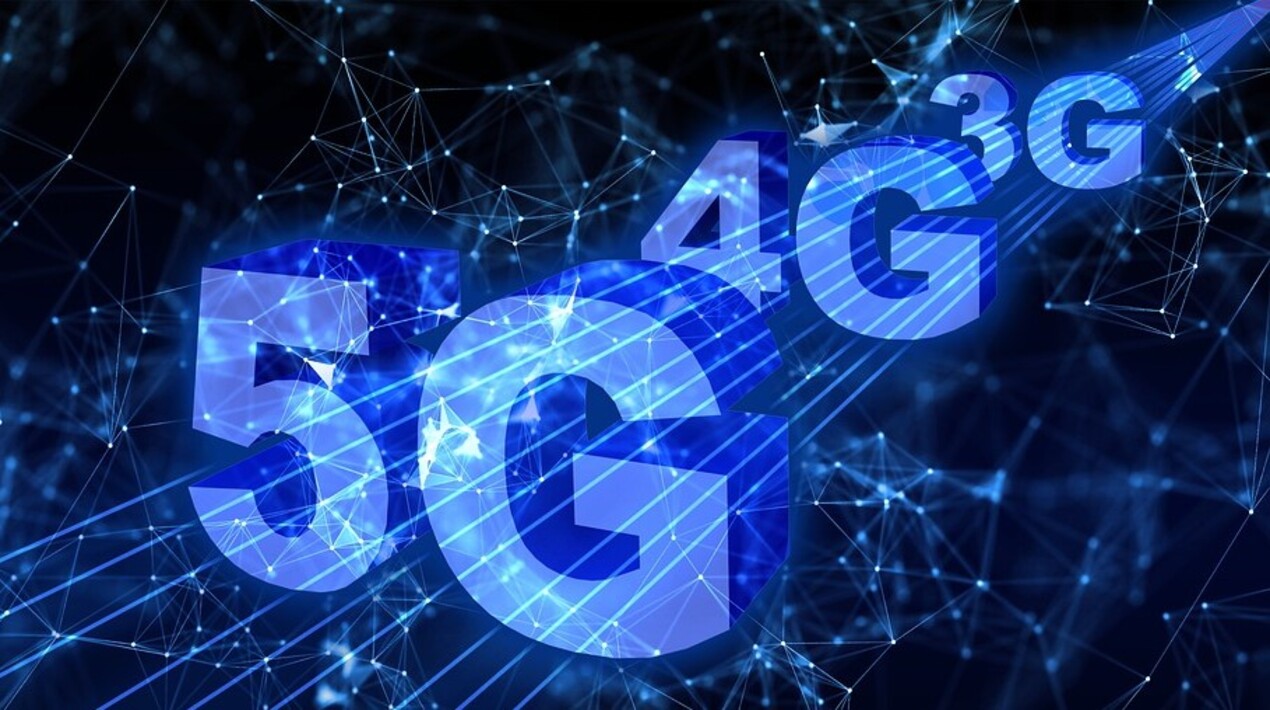
Ushering in a new technological era, the country’s Prime Minister, Narendra Modi, will launch 5G services on 1 October in Pragati Maidan, New Delhi, a press release has said. 5G technology will provide seamless coverage, high data rate, low latency, and highly reliable communications. It will increase energy efficiency, spectrum efficiency, and network efficiency.
The Prime Minister will also inaugurate the sixth edition of the Indian Mobile Congress (IMC), which is the largest digital technology forum in Asia. The IMC 2022 is scheduled to be held from 1 to 4 October, themed ‘New Digital Universe’. It will bring together leading thinkers, entrepreneurs, innovators, and government officials to discuss and showcase unique opportunities emerging from the rapid adoption and spread of digital technology.
Recently, the Delhi Airport said that it has made its facility compliant with 5G network, which the passengers can avail of once the services are rolled out by the Telecom Service Providers (TSPs). It said that passengers will be able to enjoy a 20 times faster data speed on a 5G network as compared with the available Wi-Fi system. This enables quicker downloads, zero buffering during streaming, seamless execution of resource-intensive applications like 3D gaming, better virtual reality experience, extremely high-density connectivity, and intense coverage in all areas.
In August, the Minister of Communications, Electronics, and IT (MeitY), Ashwini Vaishnaw, announced amendments in the Indian Telegraph Right of Way 2016 (RoW) to facilitate the faster and easier deployment of telecom infrastructure. The Minister also launched a new 5G RoW application ‘form’ on the government’s GatiShakti Sanchar portal.
Vaishnaw outlined the four basic elements that will speed up the rollout of 5G across the country: the allocation of spectrum, reforms in the processing of RoW permission, cooperative federalism, and the roll-out of services. This year, spectrum allocation and harmonisation activities were completed. In May, the government launched the GatiSakti Sanchar portal to process RoW applications. The IT systems of all states, union territories, and major infrastructure central ministries like railways and highways have been integrated into the portal, in preparation for India’s 5G launch.
Several state governments have started work on RoW policy alignment, and 13 states/union territories have also implemented a deemed approval clause in their RoW policies, enabling speedy approvals. These measures have resulted in a reduction in the average RoW application approval time, from 435 days in 2019 to 16 days in 2022. As OpenGov Asia reported, in the amended Right of Way Rules, charges for RoW permissions have been made reasonable, and a ceiling for RoW charges for the installation of 5G small cells and optical fibre cable on street furniture has been fixed.
Furthermore, to boost the 5G ecosystem, the government is allowing stakeholders to use an indigenous 5G test bed for free till January 2023. The 5G test bed is available at five locations and stakeholders have been urged to utilise the 5G test bed and expertise to test and facilitate the speedy development and deployment of their products in the network. It will enable stakeholders to validate their products, prototypes, and algorithms and demonstrate various services. It provides complete access for research teams to work on novel concepts/ideas that hold potential for standardisation in India and on a global scale.
















